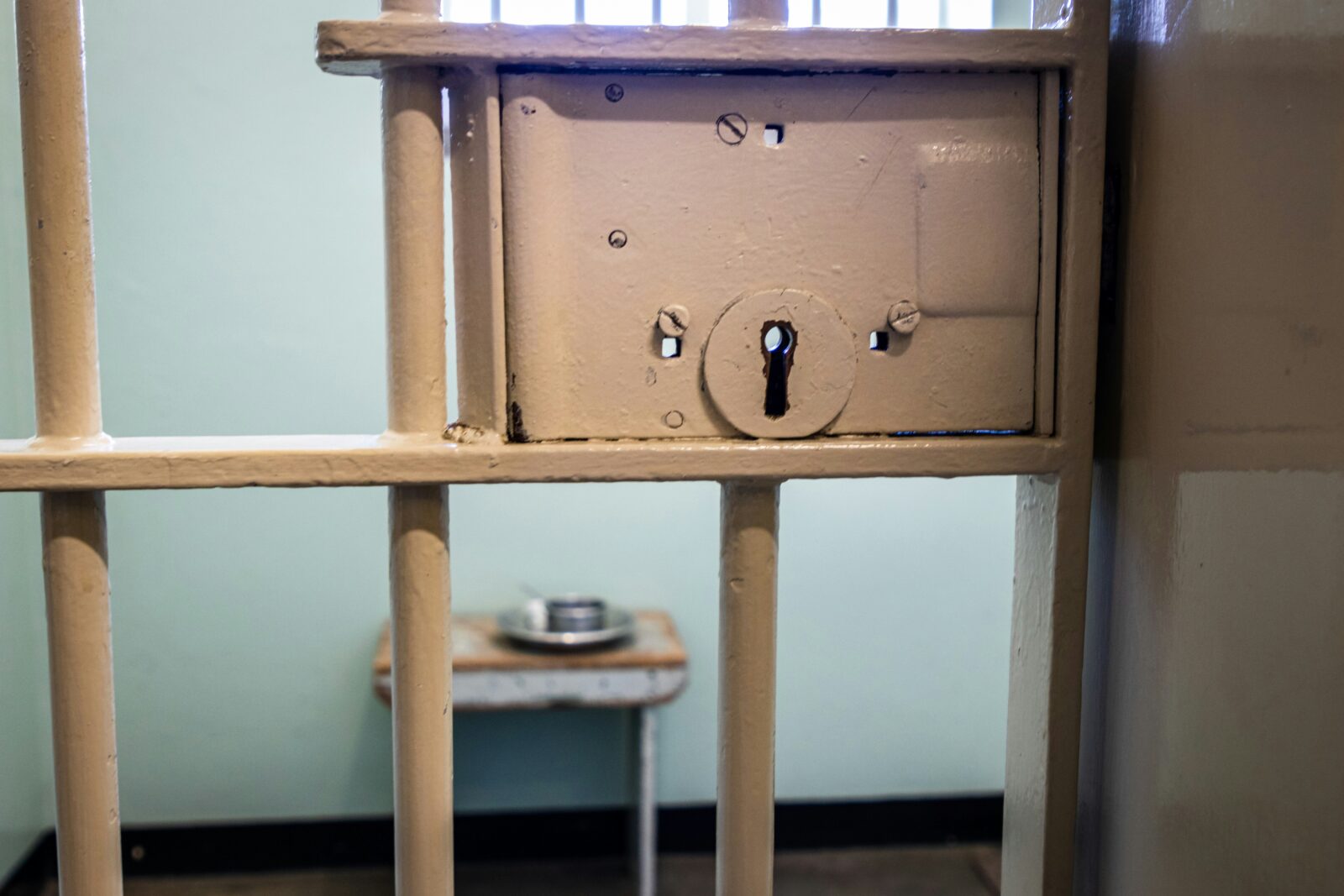
88 Year Old Retailer BHS goes into Company Liquidation
Some 16 years after Philip Green took over British Home Stores for £200 million, a seminal part of the British high street has gone into liquidation. Since 2012 its fortunes declined steadily, with almost 500,000 customers deserting the brand. Then, in March 2015, Green reputedly sold BHS to a group of City investors led by Dominic Chappell for £1 who clearly believed they could turn the business around. In April of this year the company went into administration, but with pressure from the Pension Protection Fund, which argued that closing down the business would produce the best outcome for the failed retailer’s pensioners. the company has now been forcibly closed.
The BHS Pension Scheme
At the time of its administration earlier this year, BHS had a pension deficit of some £571m. Green and his family took some 580 million out of the business in dividends during his time owning the firm, as well as rental payments and interest in loans. In the 13 months since the sale of the company to Retail Acquisitions, a further 25 million was taken out of BHS. Since the firm’s collapse, the Pension Protection Fund (a government-sponsored lifeboat for collapsed pension schemes) has stepped in but it’s unclear, as of yet, whether Green himself will be asked to contribute to the deficit.
11,00 Jobs Lost
Citing “seismic shifts” in the retail sector for the collapse of the chain, administrators Duff & Phelps have appointed Hilco Retail Services to help with the process of winding down the BHS store network. As part of this process, some 11,000 staff have lost their jobs. When the decision was made, customers were reportedly asked to leave the stores in the spot and the shutters were pulled down. “Our thoughts today are with the employees.’ said the administrators. “We thank them for their professionalism and hard work. We would also like to thank the great British public for helping us in our efforts to save BHS resulting in several weeks of significant sales.”
What is the process of liquidation likely to entail?
(a) The liquidators, Hilco Retail Services (who worked with Woolworths) will look for buyers for the stores and the business’s other assets.
(b) Traditionally, creditors include companies that have supplied goods or services to the retailer, as well as staff. In this case, the Pension Protection Fund (PPF) is the largest creditor. Any proceeds from the liquidation will be offset against the pensions deficit.
What led to the collapse of BHS?
Although the failure of the brand to keep up with high street trends is an obvious answer, there are likely much more complex answers about the demise of BHS. Two parliamentary committees are currently investigating what went wrong, especially since a failure of this kind could potentially scupper the entire PPF. Gregg McClymont, head of retirement savings at Aberdeen Asset Management, said:”More widely, BHS’s fate, and the ongoing Tata process, are a reminder that [defined benefit] pension promises are expensive and depend on the solvency of the sponsoring employer.”








